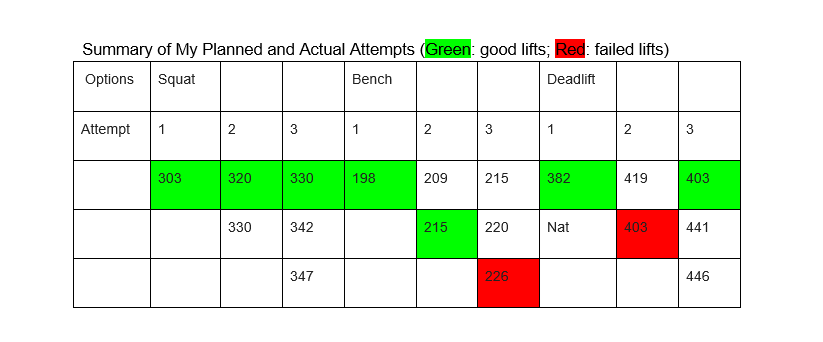Perhaps you’ve been told that in order to make improvements in your health, athletic performance, or just overall wellbeing, you should put more focus on your recovery. The idea of “train hard, recover harder” is something we strive to instill with the grand opening of our Prevail Conditioning Recovery Center. Studies have shown that doing only 30 minutes, 2-3 times per week utilizing a recovery modality is enough to instill recovery benefits. We are excited to offer our clients the following recovery modalities: 4 person infrared sauna, red light therapy, PEMF (pulse electromagnetic field), and compression therapy. Each modality brings with them a plethora of recovery benefits, some of which are listed below. We hope you’re as excited as we are to give our Recovery Center a try!
Infrared Sauna
The benefits of saunas go back thousands of years in many parts of the world for health, hygiene, spiritual, and social purposes. Infrared sauna use brings the benefits of traditional saunas, and then some. Studies have shown that frequent use (3 – 4x, 15-30 min sessions per week) can bring major health benefits, including lowering blood pressure, enhancing one’s immune system, improving circulation, pain relief, and reducing stress & anxiety. The infrared sauna available to our clients provides a true full spectrum infrared therapy, meaning near, mid, and far-infrared is being emitted during a session, all while doing so with ultra low EMF levels. Imagine getting the benefits from the sun without the harmful UV rays! Providing a full spectrum infrared therapy brings additional benefits also seen with red light therapy (see section below for more red light therapy benefits). In addition to the benefits listed above, studies have shown that infrared sauna use can improve cardiovascular health, decrease inflammation, provide low back pain relief, improve sleep, and lower the risk for dementia & Alzheimer’s disease.
Red Light Therapy
You may have heard about red light therapy as a way to increase skin elasticity and fight against the signs of aging and wrinkles, but did you know there’s also other benefits from an athletic and training standpoint? Red light therapy penetrates deep into joints and tissues, increasing oxidation and circulation for better cellular repair. At the cellular level, red light therapy penetrates deep into the mitochondria (the powerhouse of the cell) and allows oxygen to bind with an enzyme known as Cox (cytochrome c oxidase), which increases cellular energy levels primarily through the production of adenosine triphosphate (ATP). Our body is then able to use the ATP to fuel our cells and aid in recovery. These recovery benefits can occur in many different ways, such as:
-
The repairing of various skin conditions (psoriasis, stretch marks, age spots, wound healing, etc)
-
Reduction of pain & inflammation associated with tendonitis, arthritis, carpal tunnel, and osteoarthritis
-
Improved sleep quality due to an increase of melatonin secretion
-
Increased tissue recovery for delayed onset muscle soreness (DOMS)
PEMF (Pulsed Electromagnetic Fields)
PEMF has been used since the 1970’s in orthopedic settings to treat various orthopedic conditions. PEMF creates magnetic fields that increase or cause ions and electrolytes in bodily fluid and tissues to mobilize. This stimulates the tissues to rebalance and heal where necessary. At the cellular level, all cells need energy to function in order to eliminate waste, repair and regenerate, and to perform their predetermined function based on the cell type and location in the body. This is where ATP once again comes into play. Low levels of ATP can cause our cells to be sick and decrease their ability to heal and function properly. The increase in motion of ions and electrolytes increases this energy and the body’s ability to create ATP. The use of PEMF can lead to several recovery benefits including increased blood oxygenation, improved circulation and muscular function, decreased inflammation, and stress reduction. Some common ailments PEMF has been successfully used to treat include the following ailments: pain and inflammation, arthritis, osteoarthritis & osteoporosis, migraines, wound healing, tendinitis, and general body fatigue.
Compression Therapy
Compression therapy works to increase blood flow resulting in several benefits: improved circulation, reduced swelling, inflammation, and soreness, enhanced removal of lactic acid, increased flexibility & range of motion, and accelerated muscle recovery. Our compression therapy for the lower body aids in lymphatic drainage as well. It can be used as a pre workout warm-up to aid in blood flow to decrease leg stiffness, as well as post workout for the benefits just listed above. Putting on the compression legs and reclining back in one of our zero gravity recliners will make you feel refreshed and ready to attack the next workout!


